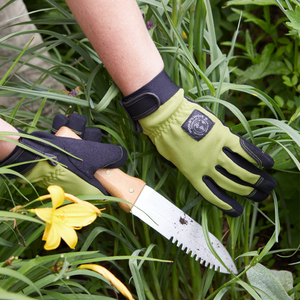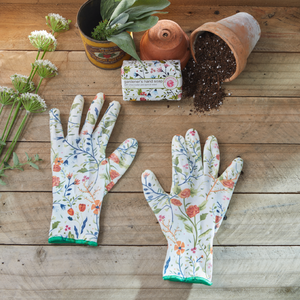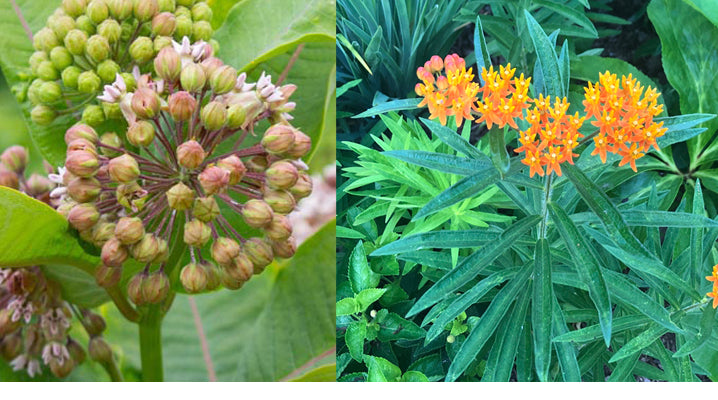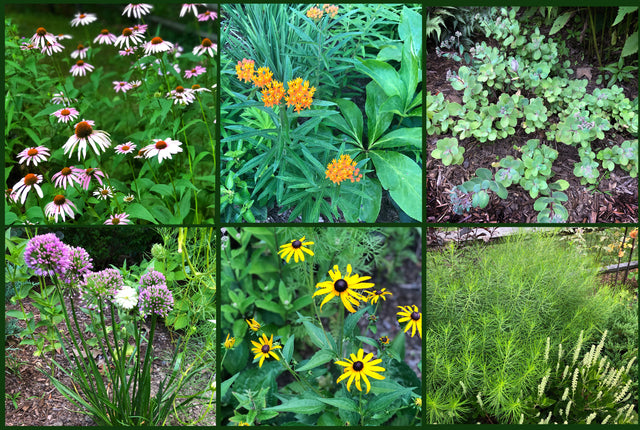 Monarch butterfly
Monarch butterfly
Three of the most popular species of native milkweed are Asclepias syriaca (common milkweed), Asclepias tuberosa (butterfly weed) and Asclepias incarnata (swamp milkweed). There are more than 100 native species in all! (These 3 species are shown in the photo below from left to right)
 Asclepias incarnata (swamp milkweed) in my garden.
Asclepias incarnata (swamp milkweed) in my garden.
Milkweed is the only plant that monarch butterflies will lay their eggs on, so it's an important plant in the pollination cycle. I have all three in my garden and find they are also beautiful additions to a border or meadow. Butterfly weed is a low growing plant with bright orange blossoms that emerge in mid summer. Swamp milkweed grows about 3-4' high and has bright pink blossoms that emerge in early summer. Common milkweed is often seen in meadows where it is free to self seed and spread. Avoid a confined garden space or it will take over. When in bloom I think it's one of the prettiest of the milkweed species!
Asclepias seeds are available from Johnny's Selected seeds among others. Ruth advises starting them out of doors uncovered in fall to overwinter and germinate next spring when it gets warm, OR stratifying (soaking overnight and refrigerating seeds in a plastic bag) over the winter before sowing outdoors in spring.
Milkweeds resent being divided or moved due to their deep taproots.
Here are some more interesting facts about milkweed and monarch butterflies. For more information about native species of milkweed where you live, click here and download a pdf.








